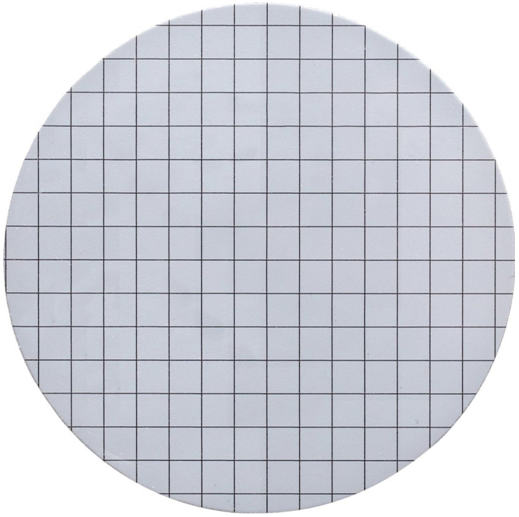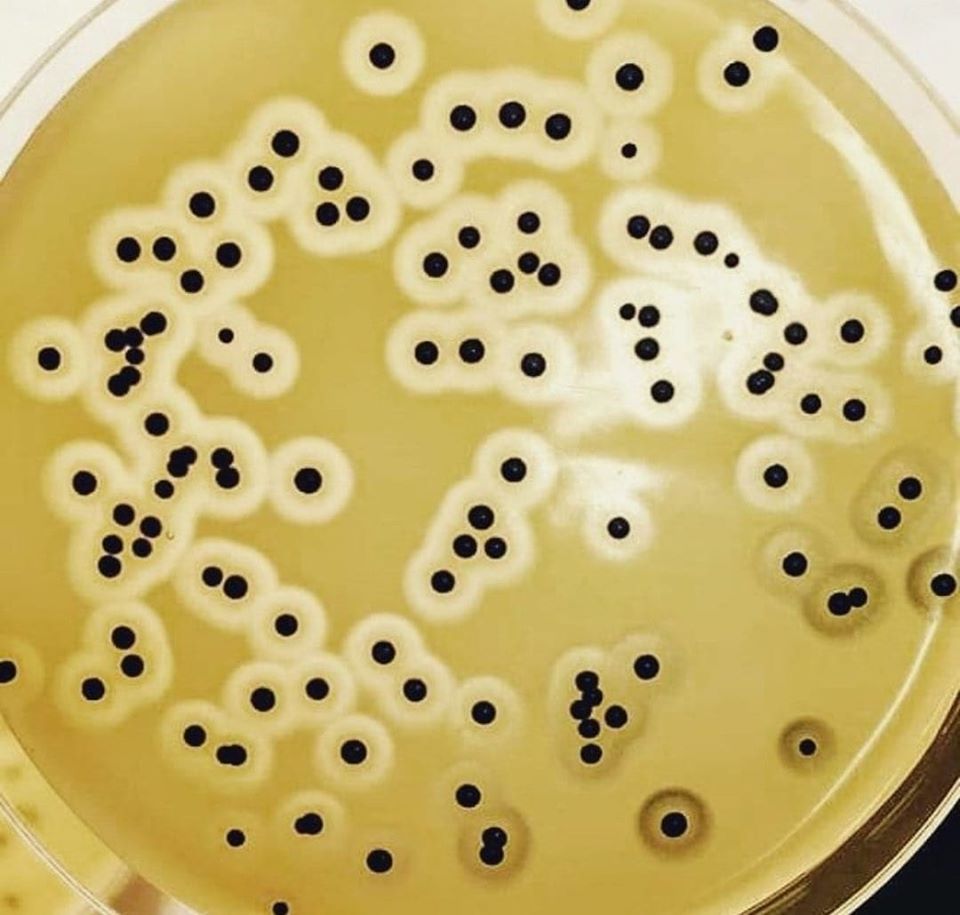Food preservation is the technique used to prevent food spoilage. It encompass all the methods employed to inhibit or delay the growth of microorganisms especially food spoilage microbes in food and/or food products. Various methods exist for the preservation of food after production and usage. Food preservation amongst other things ensures that the shelf life of food products is extended and that the likelihood of food spoilage and food poisoning or intoxication through the ingestion of food is largely contained.
Food whether for human or animal consumption contains nutritive factors that also support the growth of microorganisms (which are ubiquitous in nature); and when food products are not properly preserved after processing or production, they are likely to serve as a medium via which some infectious diseases especially those that are food-related (i.e. food borne diseases) can be spread or transmitted in a defined human preservation. It is because of this that food preservation is critical since it is mainly aimed at preventing food spoilage as well as the transmission of food borne diseases via the ingestion of contaminated food products. In food preservation processes or techniques, the intrinsic factors or extrinsic factors of food that encourage microbial activity leading to food spoilage are contained.
Food preservation techniques helps to maintain the nutritive value of foods while extending the shell life of the food and keeping the food safe for human consumption by limiting microbial growth in it as much as possible. Smoking, salting and drying are typical examples of some local or traditional methods of preserving foods and food products in most rural communities; and these practices however obsolete is still being used to preserve some food products in rural areas where the conventional methods of food preservation are not readily available.
Radiation, heat treatment, fermentation, chemical preservation, filtration and the use of low or high temperatures are some conventional preservation techniques employed in food preservation. Pasteurization, canning and appertization are examples of heat treatment techniques employed in the preservation of food products especially milk and other canned foods. In the use of chemical methods, foods can be preserved by the incorporation of chemicals such as organic acids, sodium nitrite, sulphite, and ethyl formate which disrupt important metabolic processes in foods. Despite their efficacy and significance in food preservation, the use of chemical methods for food preservation is often restricted by laws and under strict control due to the carcinogenic effects of some chemicals used for such purposes.
The inhibition of vital cellular and metabolic processes in microbes present in foods will adversely affect the growth of the organism and in such circumstances the food product can be preserved and made safe for consumption. Ionizing and non-ionizing radiation including the use of ultraviolet (UV) radiation are commonly employed in food industries as a sterilization technique to sterilize equipment and instruments used for food production. Pasteurization is the process of heating milk to destroy food spoilage organisms and microbes that cause food borne diseases or infection present in them.
Appertization is another food preservation technique that is similar to pasteurization; and it is also employed in food industries to extend the shelf life of food products and thus limit microbial activities in them. Some food products such as wine and beer may lose their taste, flavour or quality when they undergo an unusual heat treatment (e.g. pasteurization). For such food products or beverages that are heat-sensitive in nature as aforementioned, the best food preservation technique that can be employed is filtration- in which microorganisms are removed with the help of membrane filters.
Membrane filters are thin sheets or layers which hold back microorganisms (e.g. bacteria) when fluids are passed or drawn though it (Figure 1). Typical applications for membrane filters are cell retention, particle collection, clarification and sterile filtration of aqueous solutions, particulate analysis, and other microbiological analysis. A wide selection of membrane filters exist for the microfiltration of liquid substances; and these membrane materials have varying pore sizes ranging from 0.1 µm to 8 µm and for the ultrafiltration with molecular weight cut offs from 300,000 to 1,000 Dalton.

Membrane filters provide an efficient way of removing microorganisms from fluids via filtration technique. Membrane filters can also be used to enumerate the number of bacteria present in a given sample (e.g. water and beverages). To enumerate microbial numbers in a sample for example, the fluid or liquid is drawn through the membrane filter and the filter is aseptically placed on culture media and incubated. The membrane filter is macroscopically checked for microbial growth in the form of colonies. The number of bacteria present in the filtered sample can then be determined via colony counting. Membrane filters are also employed in water treatment plants to evaluate the microbiological quality of water; and they also play huge roles in beverage producing companies where they are used to filter heat-sensitive liquids.
References
Bushell M.E (1998). Application of the principles of industrial microbiology to biotechnology (ed. Wiseman, A.) Chapman and Hall, New York.
Byong H. Lee (2015). Fundamentals of Food Biotechnology. Second edition. Wiley-Blackwell, New Jersey, United States.
Clark D.P and Pazdernik N (2010). Biotechnology. First edition. Elsevier Science and Technology Books, Amsterdam, Netherlands.
Farida A.A (2012). Dairy Microbiology. First edition. Random Publications. New Delhi, India.
Frazier W.C, Westhoff D.C and Vanitha N.M (2014). Food Microbiology. Fifth edition. McGraw-Hill Education (India) Private Limited, New Delhi, India.
Guidebook for the preparation of HACCP plans (1999). Washington, DC, United States Department of Agriculture Food Safety and Inspection Service. Accessed on 20th February, 2015 from: http://www.fsis.usda.gov
Hayes P.R, Forsythe S.J (1999). Food Hygiene, Microbiology and HACCP. 3rd edition. Elsevier Science, London.
Hussaini Anthony Makun (2013). Mycotoxin and food safety in developing countries. InTech Publishers, Rijeka, Croatia. Pp. 77-100.
Jay J.M (2005). Modern Food Microbiology. Fourth edition. Chapman and Hall Inc, New York, USA.
Lightfoot N.F and Maier E.A (1998). Microbiological Analysis of Food and Water. Guidelines for Quality Assurance. Elsevier, Amsterdam.
Nduka Okafor (2007). Modern industrial microbiology and biotechnology. First edition. Science Publishers, New Hampshire, USA.
Roberts D and Greenwood M (2003). Practical Food Microbiology. Third edition. Blackwell publishing Inc, USA.
Discover more from Microbiology Class
Subscribe to get the latest posts sent to your email.





